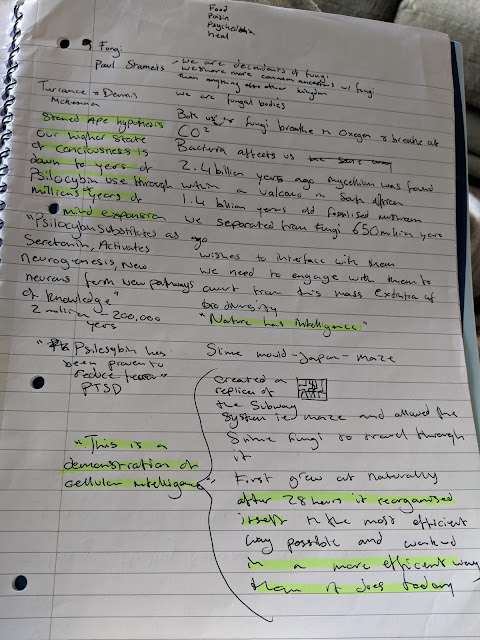Datart
Laurie Frick
Floating Data, Walking Patterns, 2014. (Laurie Frick)
Tracking her movement over a long period of time, Laurie Frick created a installation which shows her movement in an abstract way. Frick's Floating Data, Walking Patterns, 2014 used GPS tracking and hand drawn maps to be able to collect her data. Frick took notes about everything on her journeys, documenting how many steps she took, the order of travel and even how busy the street was.
"We go the same places, we repeat ourselves, and occasionally we visit someplace new. People think their movements are boring and they just make the same track from home to work, back and forth, over and over. And it turns out it’s actually the repetition and density of travels with occasional outliers that make it visually interesting and memorable." Laurie Frick
Visually, the piece is made up of what looks like panels which appear to have been rectangularly hole punched at first glance. The very rectangular shapes created are interesting as this tells us that the artist could have been potentially walking in blocks rather than freely which tells us a little more about the location. Reading into the piece even further, does the rectangular shapes say something about society? The overall look of the piece is very industrial, the grey of the metal and the idea of this representing a journey makes me think about the everyday routine we follow. What would someone elses journey look like in comparison? Personally, I think the idea of tracking data and presenting it in an abstract way can be very rewarding. However, I do feel as though unless you know what the piece is about you would struggle to gage anything from it apart from "ooo pretty" which I think takes away a lot from the time and effort which the artist has put into the collecting of the data. I feel as though the artist could have present their findings in an easier to understand concept.
Hassan Elahi
 |
| Thousand Little Brothers, 2014. Detail from a composite image made of 32,000 images taken from the artist’s daily life. (Courtesy of Hasan Elahi and Open Society Foundations) |
“Well I’ve got data too. By putting everything out there, the government’s data no longer means very much. I can tell them what I ate, where I slept, exactly what I was doing on every day over the last decade.” Hassan Elahi
32,000 photographs of Hassan Elahi's everyday encounters of unmade beds, rubbish he had used, toilets and many many more things that you would come across during the day. Taking nearly 100 photographs each day and uploading them to his phone where he used his iPhones GPS to track his photographs to a live map on his website. Elahi's reasoning for the work is simple, by sharing all of your personal data the goverments data is no longer of any value. Personally, I do not feel as though I would be that trusting. However, Elahi would even email the FBI to tell them his whereabouts and emails telling them about his travels.
Visually, the composited image is very unique. The block of the colours are what you see first which makes me think about why he chose to colour the photographs at all as I personally would have preferred to have seen without the manipulated colour. The more you look at the composited image the more you see every little detail of his day told by objects and places. I would like to take this idea and create a photographic map icon for one of my pop-up notifications to even further enhance this idea of GPS tracking everything, even a photograph.
Bibliography
http://www.lauriefrick.com/floating-data/
https://www.theatlantic.com/entertainment/archive/2015/05/the-rise-of-the-data-artist/392399/
https://www.theatlantic.com/entertainment/archive/2015/05/the-rise-of-the-data-artist/392399/



Comments
Post a Comment